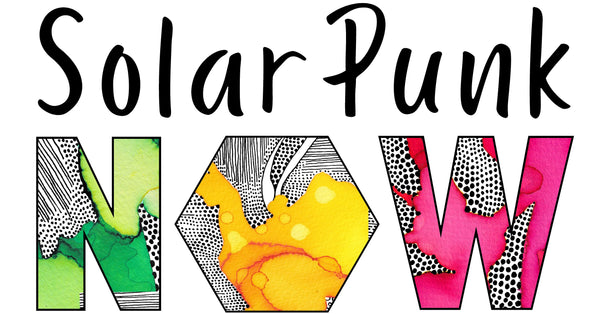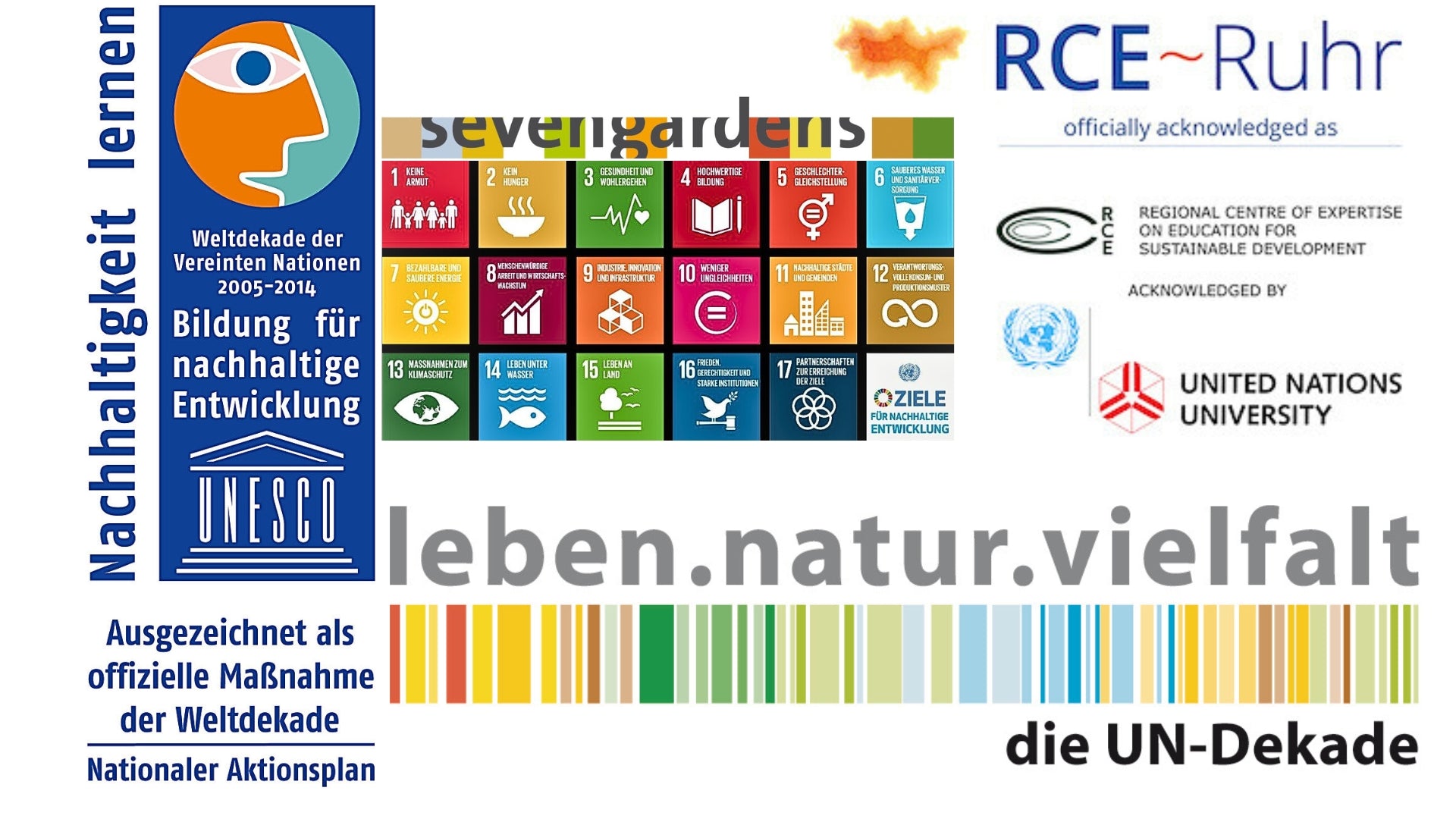We take a journey back in time to the year 2025
We are going on a journey through time.
Imagine it is April 24, 2025. We are in the Grand Palais in Paris. You are at ChangeNow. It is the largest global event for solutions for our planet. You are sitting in the audience, surrounded by changemakers from all over the world. You are watching a documentary together.
A film begins. You see Uganda—lush greenery next to dry landscapes. Children play in meadows while many others are taught in a simple barrack.
Then you'll watch teachers connecting long bamboo sticks with connectors like metal, rope, and bicycle tubes to create Buckminster Fuller-inspired green learning spaces of about 60 to 100 square meters.
You can see how these people build hexagonal tables and benches with surfaces covered with Infinity Stonepaper, creating sophisticated low-tech and low-cost learning spaces.
These teachers then help other educators to build similar structures in other schools.
All of this is achieved with the help of small models made of Beenius Infinity Wax and sticks. These serve as 3D models that anyone can use to turn their ideas into reality.
A powerful tool manufactured and distributed by local beekeepers.
You see teachers using their mobile phones to create any learning context they want.
Now you're watching kids bring these spaces to life and teachers using AI tools to enrich lessons. You're seeing kids forming letters, playing word games, and using the many Infinity Stonepaper surfaces. They're learning faster, more playfully, and more efficiently than ever before—a learning experience many of us wish we had in our own childhood.
Children form tetrahedrons, transform them into larger structures, bridges, pyramids and thus explore geometry and architecture.
They take bottle caps, straws and scrap materials from a box of materials in the classroom. They create vehicles, windmills and all sorts of ideas and learn how things work in real life—mechanics, engineering.
But most importantly, children learn how to create their own school gardens and use permaculture design hacks to transform barren land into fertile gardens.
You will see them drawing the design of a garden and learning about permaculture through play. They build compost systems and toilets, create flowerbeds and raised beds and cultivate diverse crops to understand nature and growing their own food.
At the end, the following appears on the screen:
A movement unleashed by a growing regenerative community.
A thank you to all who support this project appears.
And so perhaps the beginning of a system that can be adapted all over the world.









